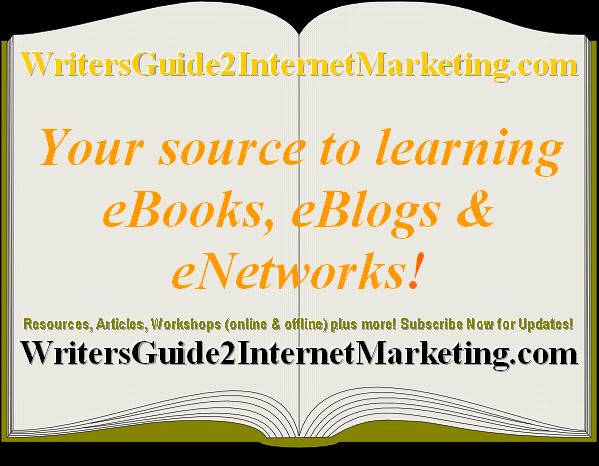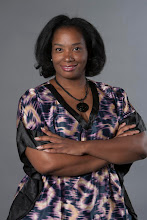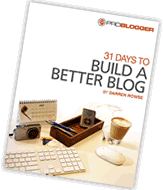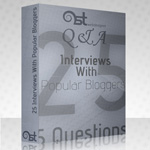 How to Speak to Your Audience through Your WebsiteHere we are at week 3 of Planning Your Writer's Website. Today I'm going to go into some more depth about target market and why it makes such a profound difference. If you find this information useful, please feel free to forward it to a friend. If you've received it from a friend, you can to get your own free subscription. You will start at the beginning and get the entire series, no matter when you begin. If you haven't signed up for Google+, you can go to this address: If you don't already have a Google+ account, it will walk you through the process. I've created a circled for our conversations and will post discussion topics. Add your thoughts in the comments. That's enough of the housekeeping, let's get on with the topic: When you have figured out who your target market is, you can embody all your ideal readers in one person -- real or a composite. Al your communication will be to that one person. Here are some ways your website speaks to your ideal reader. Overall Website Design As you plan your site, you'll want to ask yourself what you want your website to do for you: Sell copies of your book Develop a list of interested readers Build your reputation as a trusted authority Some combination of the above What are the best ways to communicate with your audience -- text? audio? video? Are they socially oriented? Do they want to talk to each other? Do they just want information or maybe entertainment, too? Make a list of ways your website can meet, inform and engage them. Make it long and ambitious. You may be surprised at what's possible. ColorsColors convey meaning and emotion -- red for excitement and vibrancy, green for growth and wealth, blue for tranquility. But colors also have demographic components -- age (think of the colors of childhood), sex, nationality or culture, and income. We process these signals without thinking about them, so make sure the colors of your site speak your message to your web visitor. FontsFonts carry mood and message, too, from swirly scripts that suggest 17th-century European royalty to lettering that reminds people of 1960s science fiction. Use fonts to set a mood, but keep your text readable. For the web, use a clear san serif font, such as Arial, for the body type. You can use something a little more expressive, but still easily readable, for headlines and logos. If you do decide you need a swirly script, use it sparingly and large. ImagesChoose images to illustrate the transformation you're promising. Not the problem, but the outcome of the solution. That's because pictures are so powerful in shaping expectations. Naturally, if you've got a book (and presumably the book design also speaks to the book's target audience), you'll want to use its cover on your site. You also need a photo of yourself. Your author photo from your book jacket is fine. A family photo can work if it's clear and fits the mood of your site. For instance, if you've written a dark horror, you probably don't want a picture of yourself with a birthday party hat on. You can use stock photos for illustrations, too, if they fit your other content, as long as they capture the mood of the site. Language and StyleIt's really important to speak your audience's language. Not just English, French or Swahili -- though that's a good place to start -- but also regional dialects, slang, jargon. If you're talking to middle school teachers, you're going to use a different word palette than if you're talking to Southern US deer hunters -- even if you've got some people in both groups. Collecting Information Where do you get information about colors and fonts and so forth? The easiest and quickest is to go to your local library or newsstand and look over the magazines directed to that audience. Take a few copies home and study them, especially the ads. Ask yourself what is the mood they create, and what are the visual elements that they use to create them. Some Closing Thoughts on Target MarketThis wraps up the target market module on this course. I've talked about what target market is, why it's important, and how to use it. I know that when I first started exploring the topic, it took me some time to get my mind wrapped around it. So it's natural if you still have some questions. What makes it easier is to realize that even though the audience on the internet as a whole is billions, on your website, you are speaking to one person at a time. And although you craft your website to reach a wide enough audience to support your book -- or whatever outcome you're working for -- the group that audience belongs to can be fairly narrow. EXERCISE: I've created some worksheets for you to use to create your target audience composite. You can download them here: http://scr.bi/n11dZq And if you want to do some further reading about how to develop your target market, here is a collection of posts on the topic from Market Your Book Blog.com. And if you have any general questions, you may send them to me by replying to this email, or if you want to talk specifically about the target market for your book or web project, we can have a conversation. That's all for today. I welcome any questions or feedback -- either at the Google+ circle or email me: jan.bear@gmail.com. Next week, we talk about the structure of your website. Jan Bear P.S.: When you sign up for Websites for Writers, we talk in depth about your target market, so that you can make the most of your marketing efforts, including your website. 3326 Senecal Creek Dr., Woodburn, OR 97071, USA |
Quote request
3 months ago
























No comments:
Post a Comment